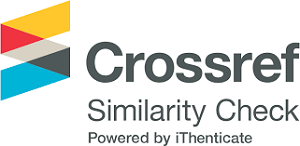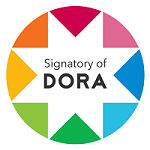An alternative classification of diaphyseal and articular fractures of large bones
DOI:
https://doi.org/10.33734/diagnostico.v62i4.488Keywords:
Reduction, immobilization, wounds, classificationAbstract
This report shows the results of an alternative classification of closed and open, diaphyseal and articular fractures of large bones (limbs) with which we have been working since the 1980s. It is based on risks and complexity from lower to higher, for their reduction, immobilization, wound treatment, and on the importance of the time of initial treatment. All summed
up in a gridded card. Material and methods: Between August 1979 and January 1981, radiographs (more than a hundred, also in
scientific journals and books) were reviewed with images of diaphyseal and articular fractures of the upper and lower limbs to see the prevalent types or shapes of the traces compatible with the internal devices available at the time. In diaphyseal fractures, we find four prevalent forms, from lower to higher complexity or risks to reduce and immobilize. There are three prevalent forms of joint fractures. Likewise, the forms of wounds, their size, evolution with or without treatment, and the time of their initial treatment were reviewed, all in order to see the prevalent forms and ease or difficulty of treatment. This data was placed in a doctor coat-portable gridded card. Results: The gridded cards allowed the faster approach to diagnosis, prognosis, and treatment alternatives, always from less to more in terms of risks and complexity, and the probable and varied therapeutic complements to achieve the final cure. Discussion: According to the results, the classification works objectively aimed at the ease or difficulty of the bone tracing (reduction and immobilization), and to the healing of wounds, according to their characteristics, a different point of view from the current classic classifications. Conclusion: We believe that this is an alternative classification that may be useful for the young surgeon working in the emergency room, as well as for informed consent and medico-legal issues.
Downloads
Metrics
Downloads
Published
How to Cite
Issue
Section
License
Copyright (c) 2023 Alfredo Aybar-Montoya

This work is licensed under a Creative Commons Attribution 4.0 International License.


























